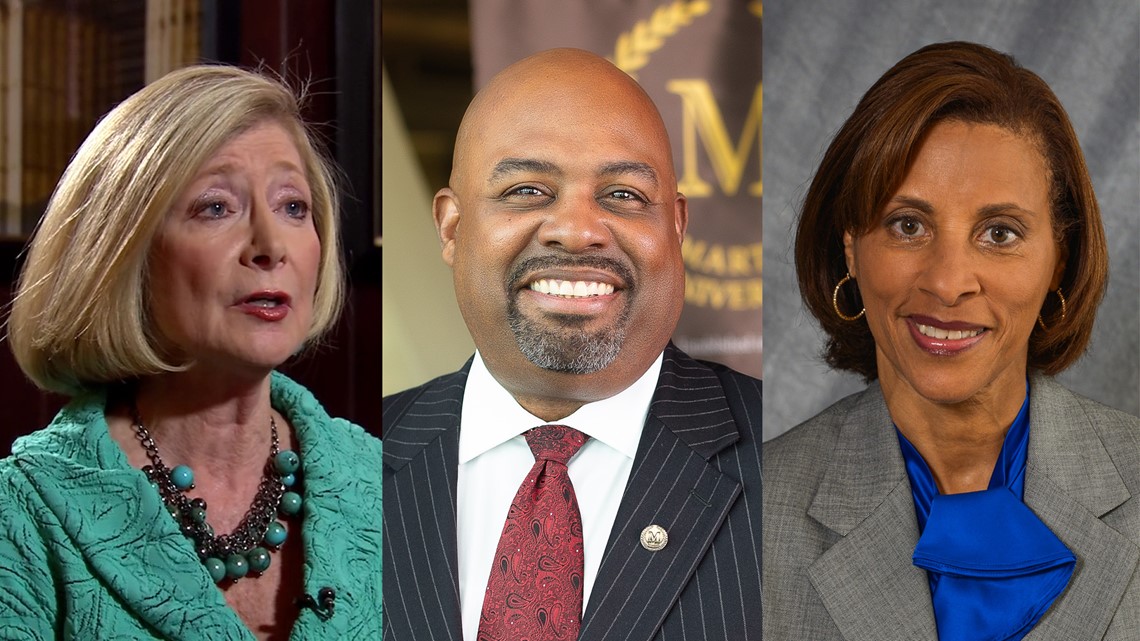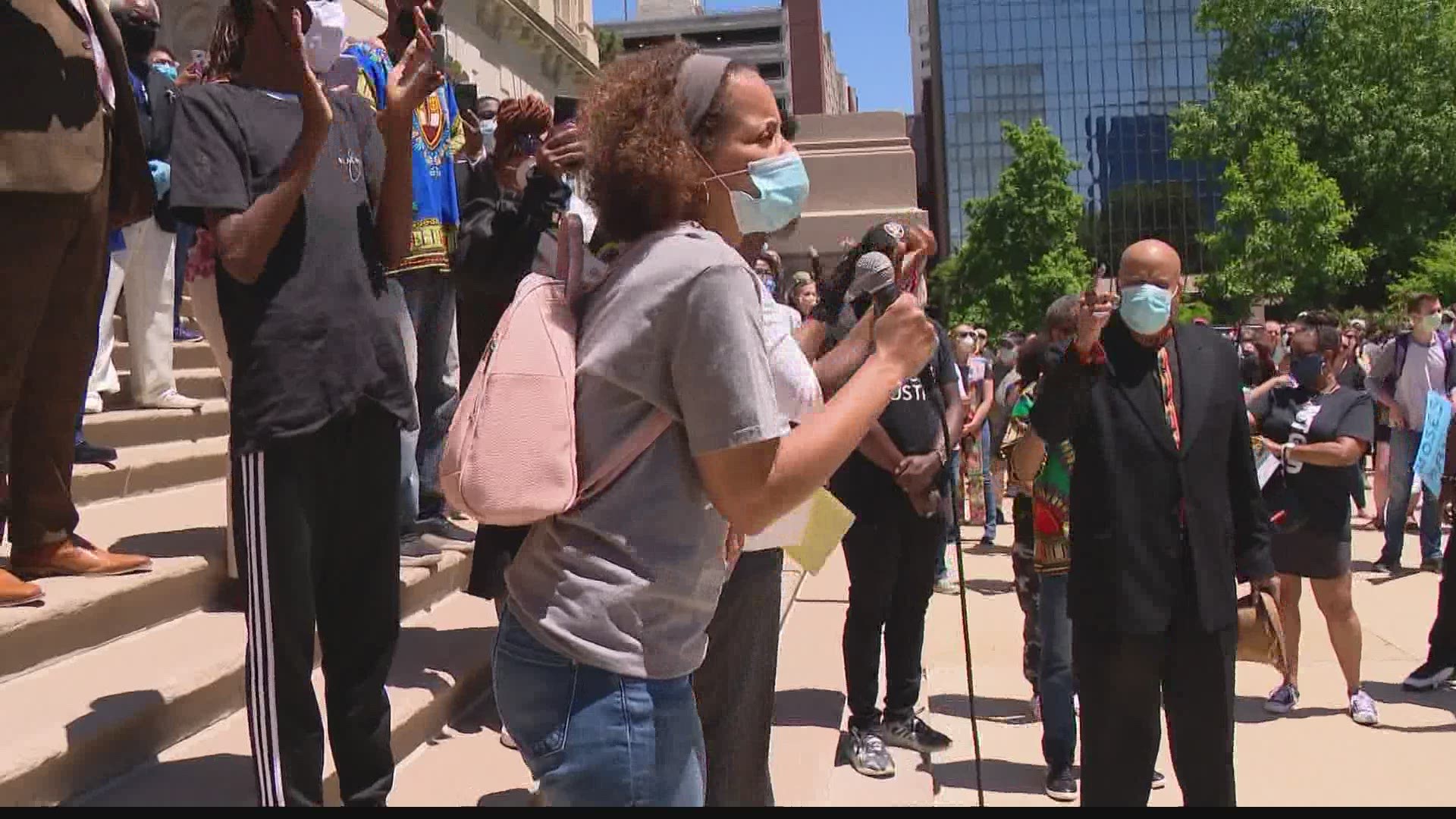INDIANAPOLIS — After vowing to review IMPD's use of force in response to protests in Indianapolis in late May and early June, Indianapolis Mayor Joe Hogsett is sharing more details of what that will look like.
Earlier this month, Hogsett said he had "serious concerns about some of the interactions between our officers and protesters" following George Floyd's death, which fueled demonstrations across the world.
Hogsett and IMPD Chief Randal Taylor said they would be looking at multiple incidents, including a time when IMPD deployed tear gas into a crowd of peaceful protesters and a video of an officer using physical force on a protester.
Monday, Hogsett named the Response Review Committee — totally independent of City of Indianapolis administration — that will give feedback on IMPD's response and make suggestions on how to improve.
- Deborah J. Daniels - Partner at Krieg DeVault LLP and former U.S. Attorney and U.S. Assistant Attorney General; previously conducted an independent review of USA Gymnastics; involved in the U.S. response to the Sept. 11 terrorist attack
- Dr. Sean L. Huddleston - President of Martin University; previously served as vice president and chief equity and inclusion officer for the University of Indianapolis; on the advisory board for the Indiana Diversity Council
- Myra C. Selby - Partner at Ice Miller LLP and former associate justice of the Indiana Supreme Court; chairs the Court’s Commission on Race and Gender Fairness; previously directed health care policy for the state of Indiana


RELATED: Indianapolis protests, unrest blog
IMPD has promised transparency and cooperation throughout the review process
"This review will give our community a clearer understanding of the events that transpired at the start of this month, and will be a guiding document for tailoring law enforcement responses in the future," Hogsett said in a statement.
He expects the final report to be ready by the end of the year.
The committee will have its hands full examining more than a week of protests and violence involving thousands of people and the actions of hundreds of police officers. Committee members aren't discussing how they will work through it or what they will be looking for.
"The work certainly will speak for itself and we want to make sure we allow that work to talk rather than speak of it," Huddleston explained.
The President of Martin University did talk about the university's just formed Center for Equity and Inclusion.
"Because there is so much still needing to be done as evidenced by what we are still seeing around our word, our state and our city," Huddleston said.
The center intends to build a coalition of businesses, universities, and other organizations to create new programs aimed at improving racial equity. It will then work on providing training and other resources to make the programs a success with education as a top priority.
"We are hoping to see greater results on our college campuses for our students of color, regardless if they are returning adult students or students just coming out of high school," Huddleston said.
Greater opportunities for African American's in their workplaces is another priority.
"It is going to take time." Huddleston explained. "We don't expect this issue that is decades long to be resolved in 10 minutes or 10 hours or ten weeks. We believe we can collectively work at it together."

